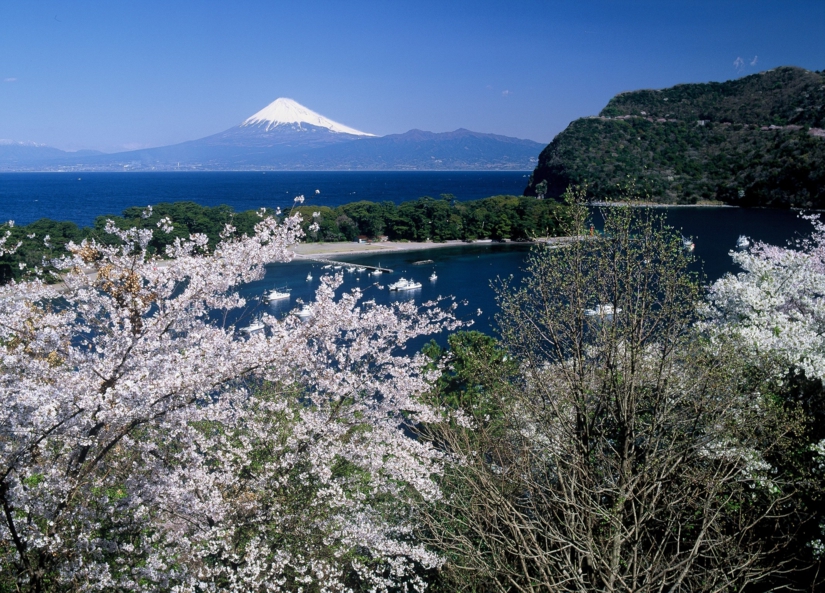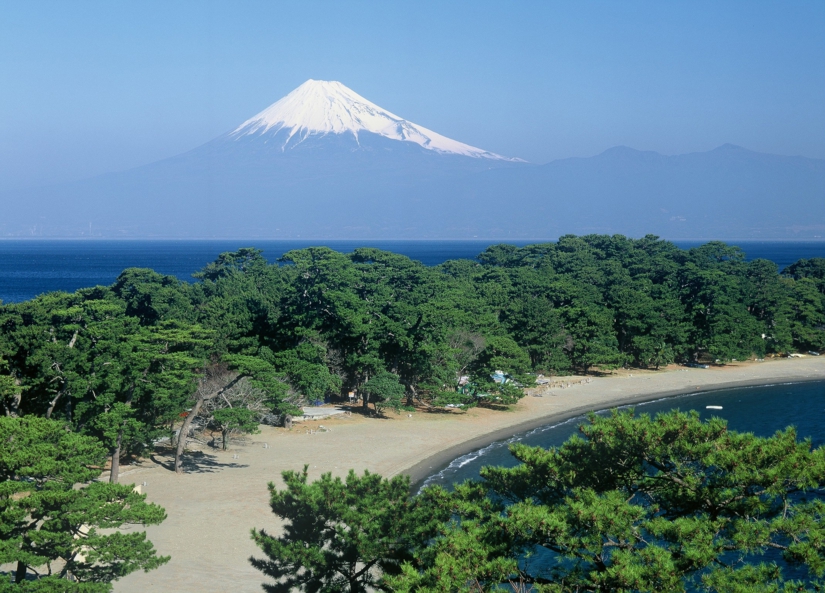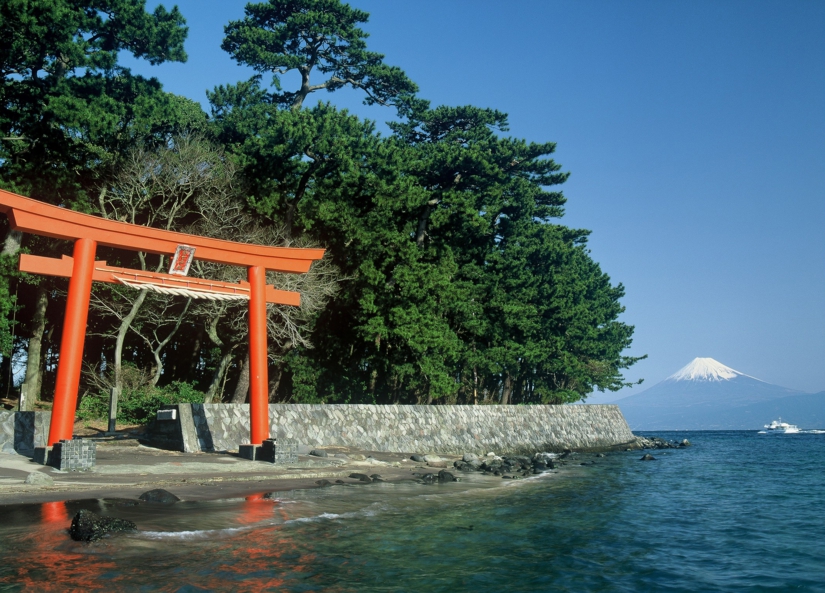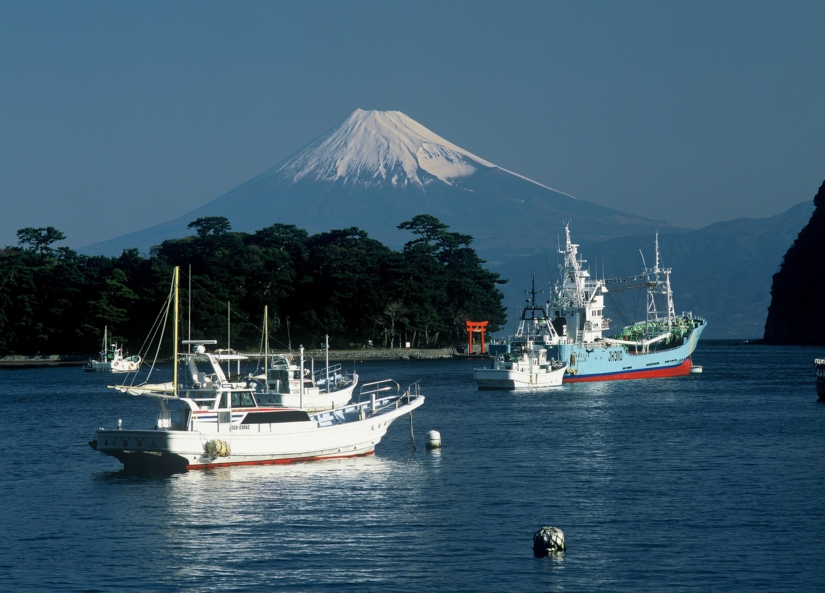
The setting of the novel “Kaishi (Mirage)”: Koura district of Minami Izu.
When I was in college, I used to cherish the novel “Kaishi (Mirage)” by Takehiko Fukunaga (1918-1979) that I bought at a local bookstore near my boarding house. As a youth with no experience in romance, I would enjoy the feeling of stepping into an unknown world. With its elaborate structure and themes of love, death, solitude and guilt, the novel would leave me with a sense of fulfillment.
So today I decided to explore the setting of the novel, the Koura district of Minami Izu township.
<Synopsis of “Kaishi (Mirage)”>
(Original Japanese text from the website of Shinchosha Publishing Co.)
“While traveling through a seaside village in southern Izu, a married painter Shibu Takichi meets and falls in love with a young woman who had appeared in front of him like a mirage. Takichi has a past of betraying his lover he had promised double suicide, and his current marriage is on the verge of divorce. Although Takichi eventually finds out that the young woman, Amiko, is the wife of a good friend, he cannot suppress his feelings for her and continues the affair. The novel captures the different phases of a love affair and depicts [the sad human nature of succumbing to love while being fully aware of its desolate nature.”]
The novel is set in the seaside village of Koura in Minami Izu.
<Takehiko Fukunaga: Novelist, poet and scholar in French literature.>
(Excerpt of the Japanese text from the website of Shinchosha Publishing Co.)
“Takehiko Fukunaga, having studied under the tutelage of writers such as Tatsuo Hori, established his status as a novelist when he published Flowers of Grass in 1954. In 1961 he received a professorship at Gakushuin University. His works include Meifu (Netherworld), Haishi (Desolate City), Bokyaku no Kawa (River of Oblivion) and Kaishi (Mirage), which focus on acute literary themes inside a poetic world rich in lyricism. In 1972, he received the Nihon Bungaku Taisho (Grand Prize for Japanese Literature) for his work Shi no Shima (Isle of Death). In 1977, he was baptized at his sickbed and became a Christian.”
<Works of Takehiko Fukunaga>
Kusa no Hana (Flowers of Grass), Bokyaku no Kawa (River of Oblivion), Shi no Shima (Isle of Death), Ai no Kokoromi (Test of Love), Haishi (Desolate City), Kokubetsu (the Farewell), Meifu (Netherworld) and others.
Although this was my second visit in 25 years, the objective of my trip was not just to appease my nostalgia for the setting of a novel. I wanted to visit the Thirty-three Kannon of Koura, which is said to have been created as a tribute to the renowned Thirty-three Kannon Temples of the Kansai region.
From Koura harbor, you take the hiking trail that leads to Hiyoriyama, a hill that was used as a vantage point for fishermen observing the wind and tide before going out to sea. After climbing about 5 minutes, you will find a rock shelter formed by the natural erosion of volcanic rock originated from an ancient underwater volcano. Inside the rock shelter stand the beautiful Buddhist stone sculptures known as the Thirty-three Kannon.
The place is also a site of geological interest where you can observe the strata formed by an eruption of an underwater volcano. The strata exposed in the wall behind the Thirty-three Kannon contains many pebbles that have the characteristics of lava that had cooled rapidly.
Below are some photographs of the Thirty-three Kannon. Unfortunately, about half of the sculptures are damaged, some with their heads broken off, suggesting serious need for conservation efforts. Yet, the remarkable figures display beauty and spirituality comparable to the best Buddhist statues found in Kyoto or Nara. It is fair to call them the hidden treasure of Izu.
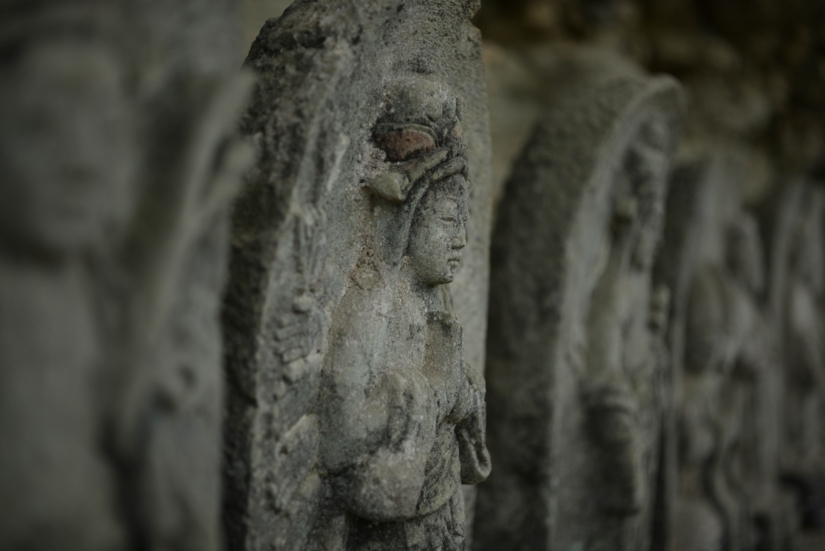
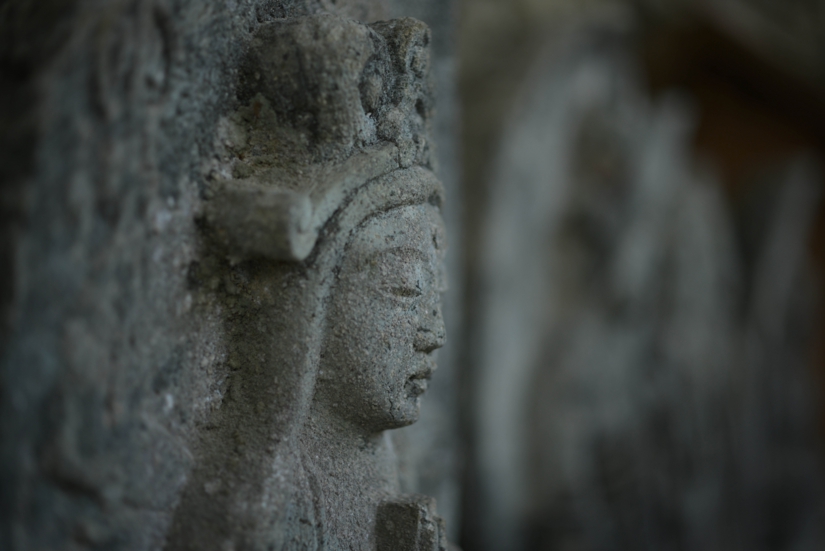
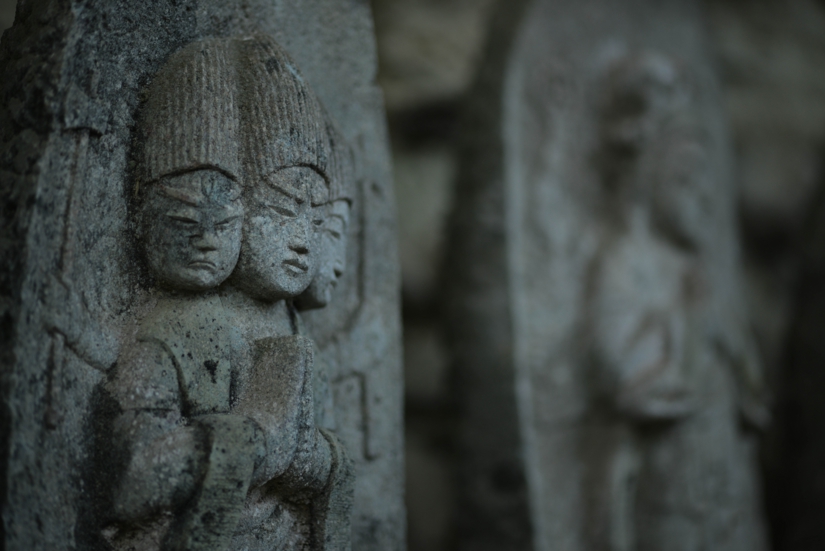
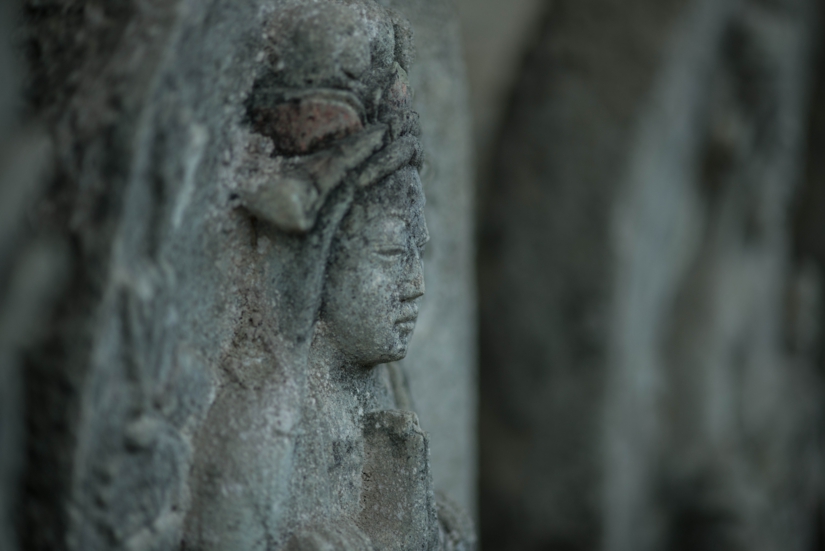
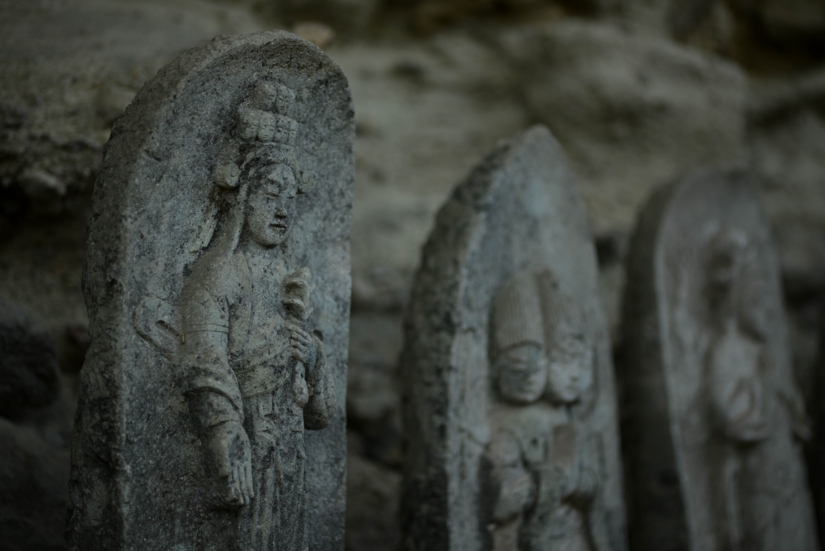
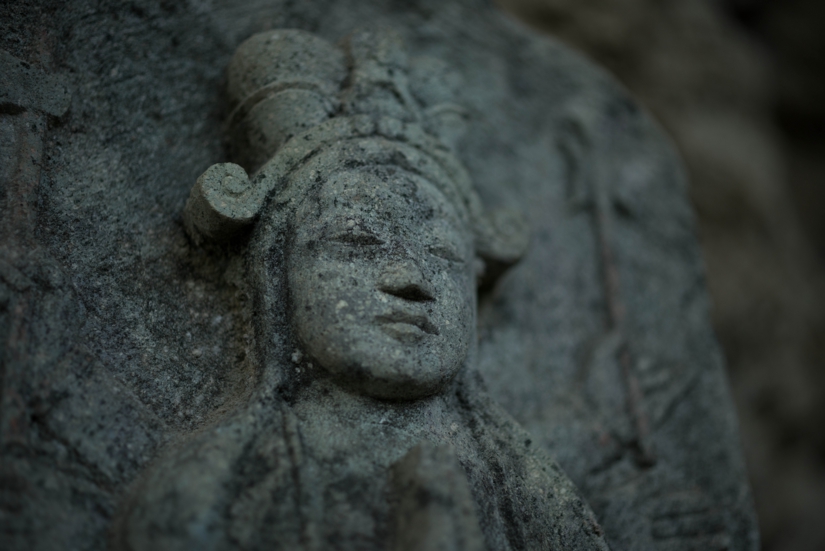
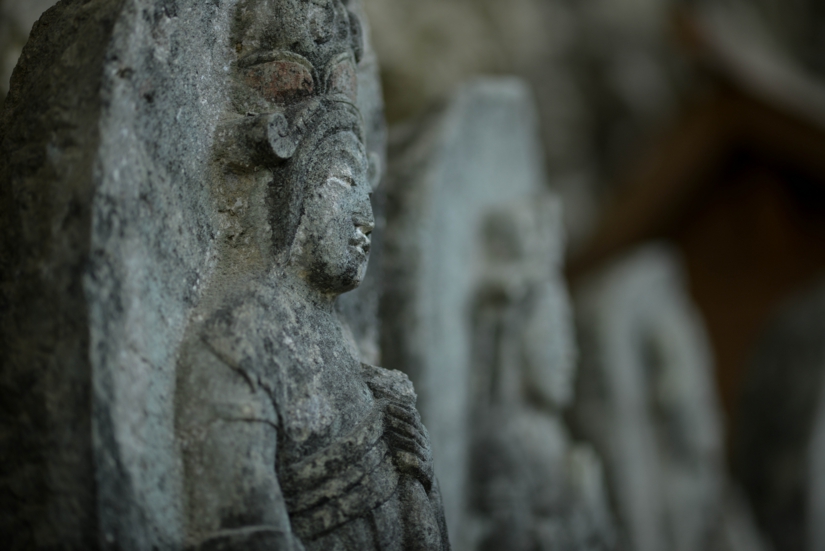
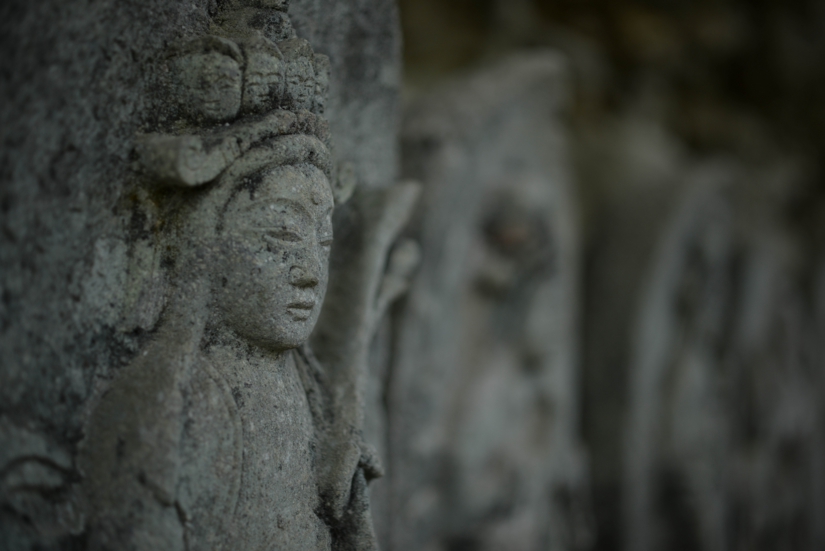
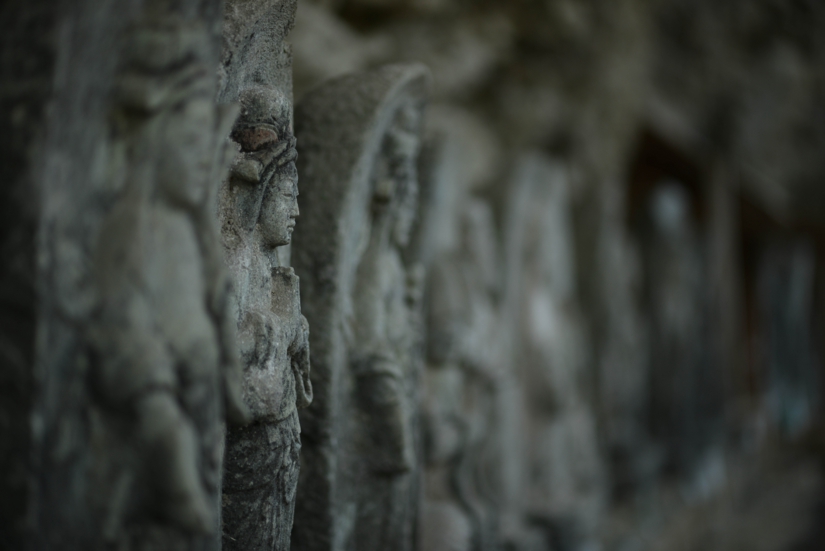
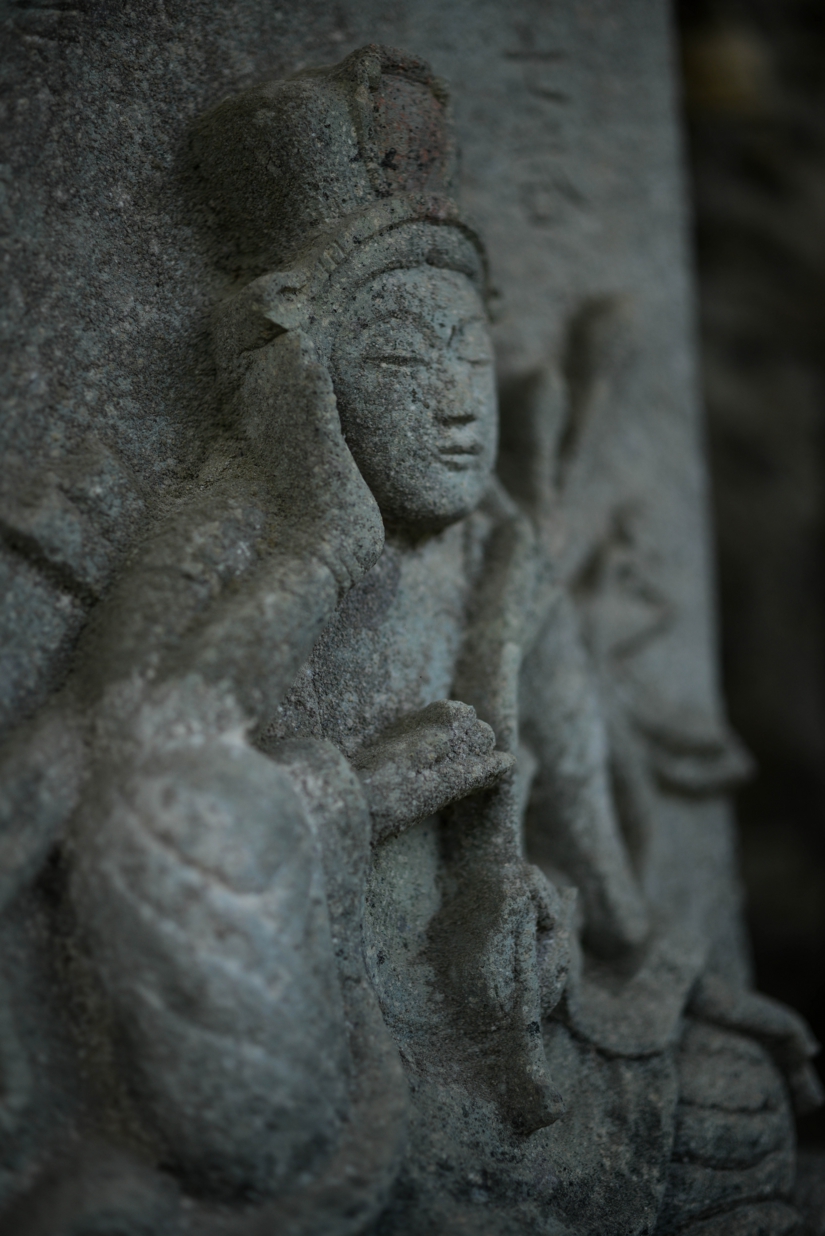
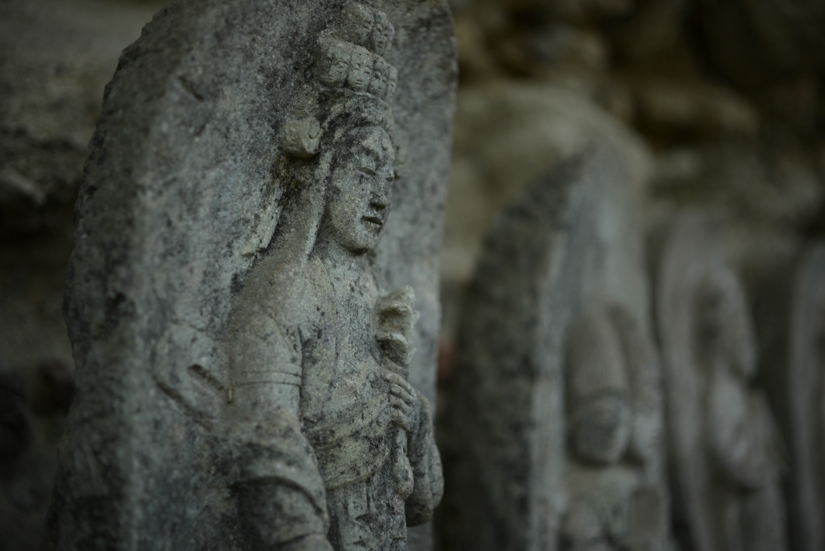
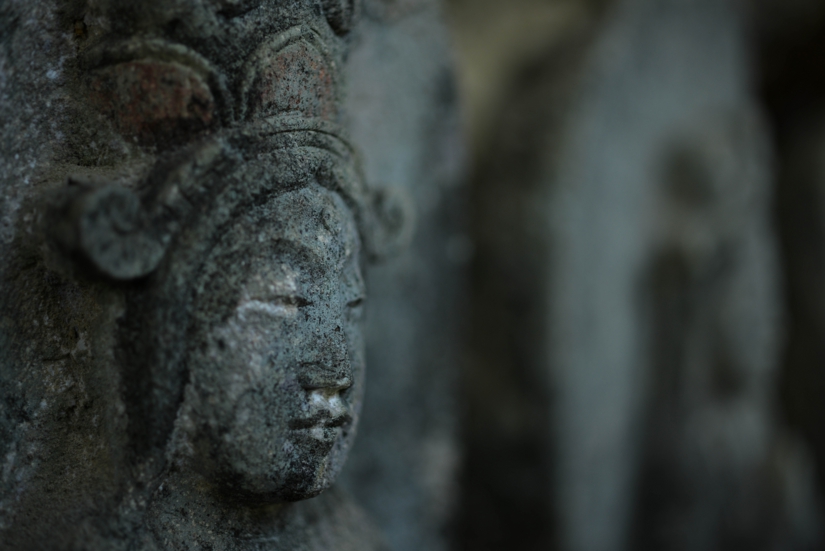

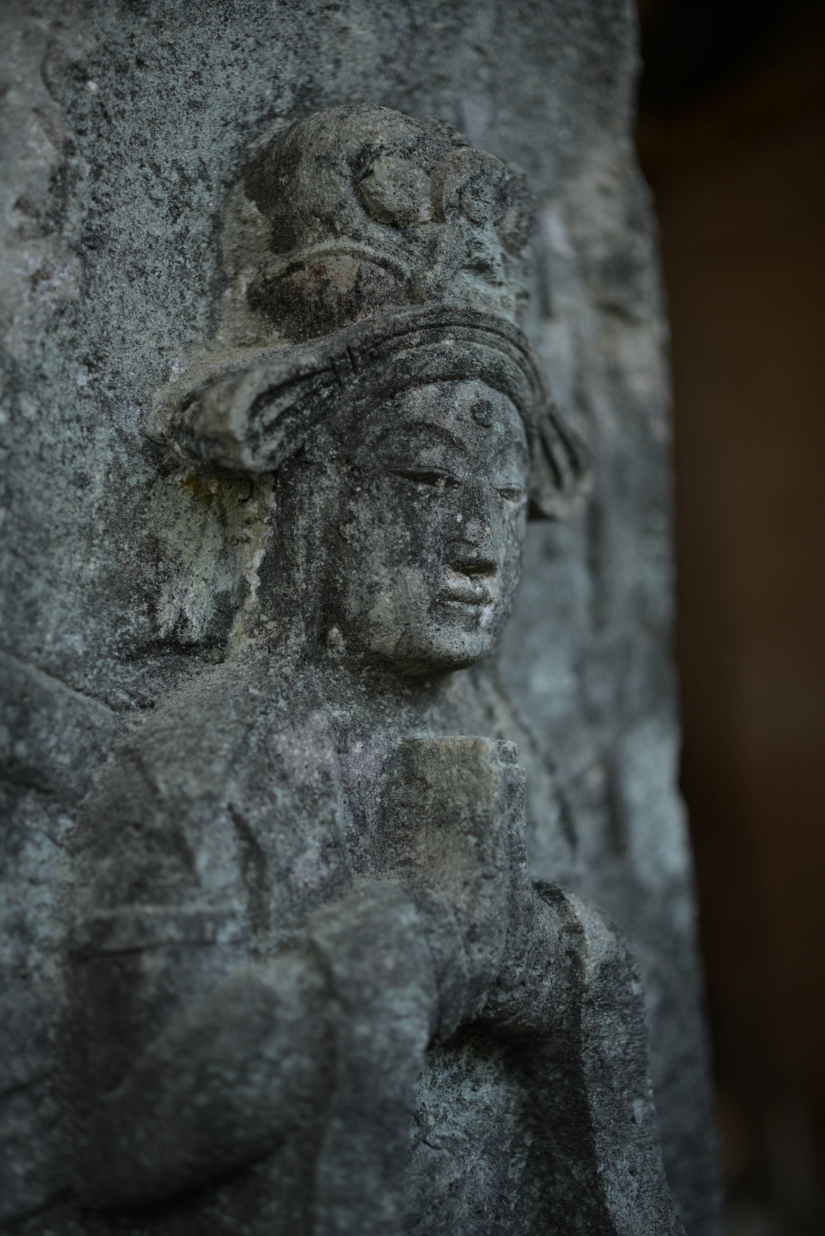
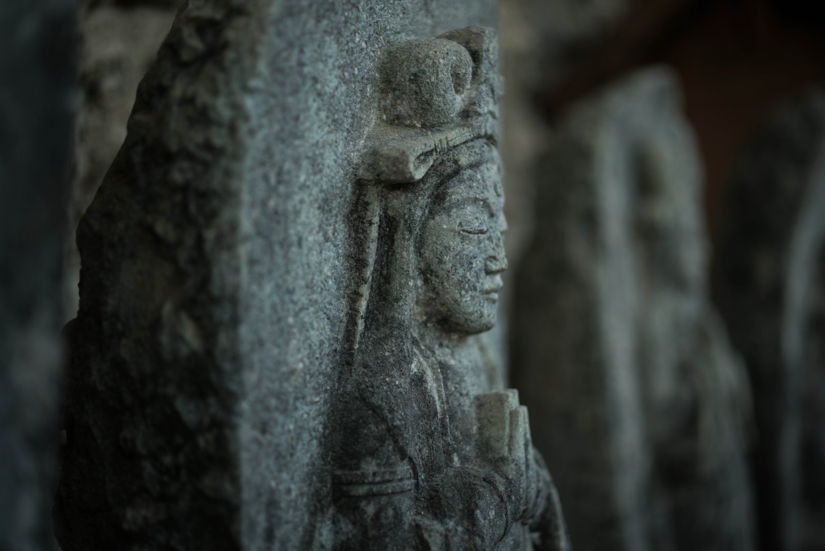
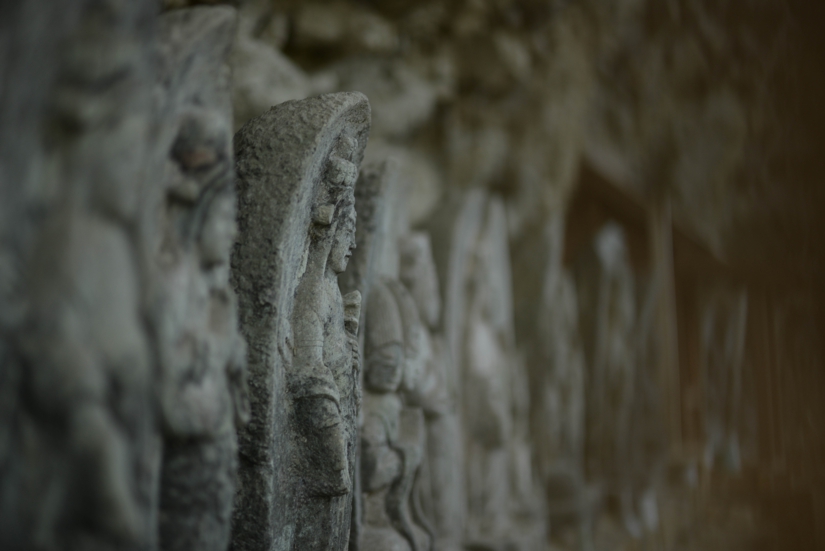
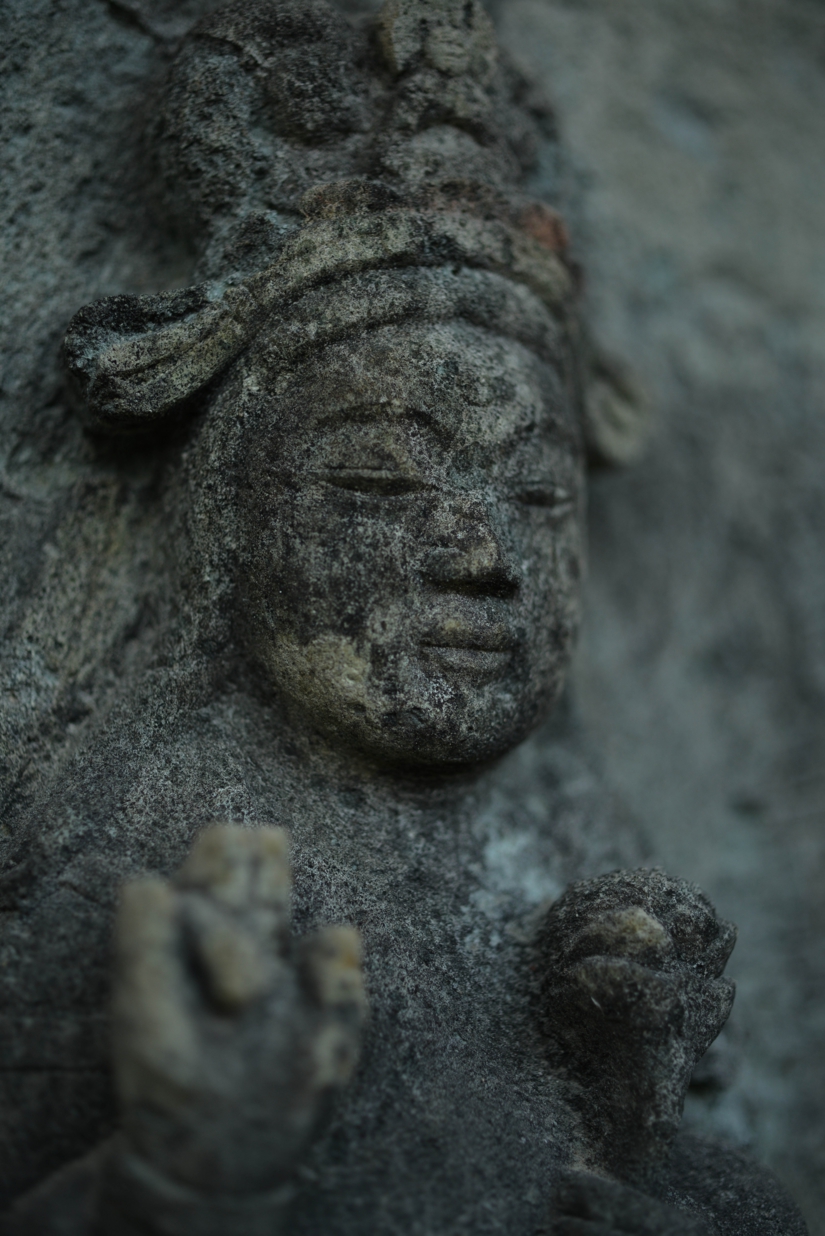
<Side Trip>
Some places to visit during your springtime outing in Izu. Fine food and beautiful scenery spices up your trip.
1:Fresh Seafood at Imazuya.
Koura is famous for Imazuya, one of the best Japanese seafood restaurants in Izu. Many celebrities including Keisuke Kuwata have enjoyed the fabulous ocean fare served here.
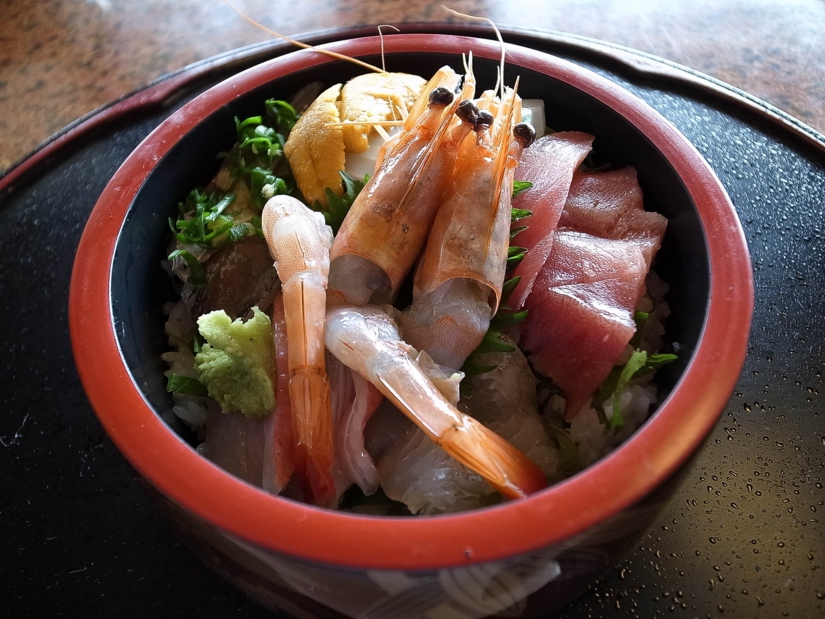
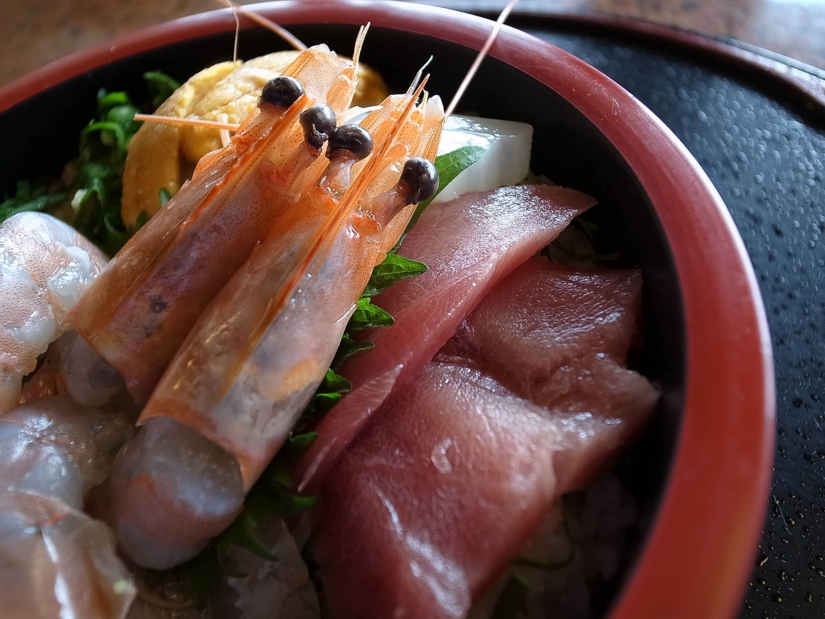
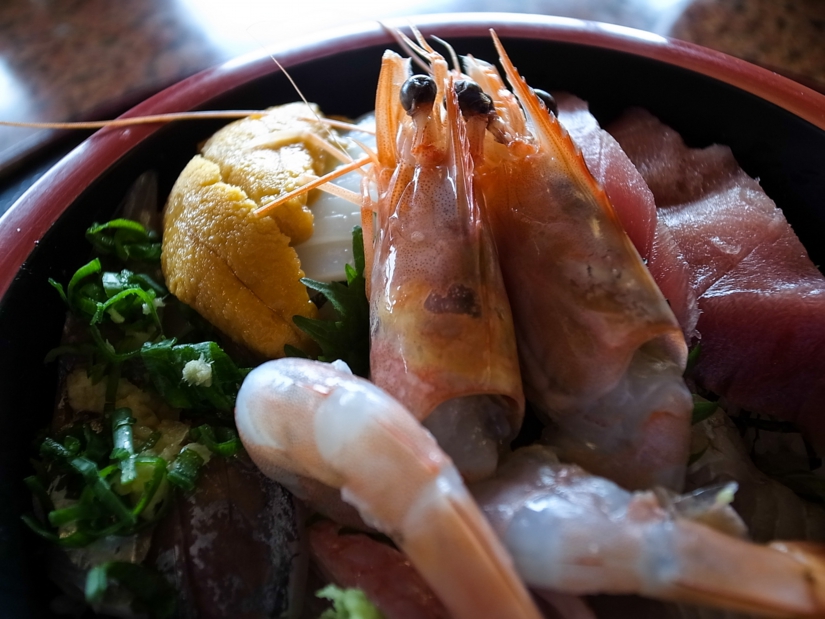
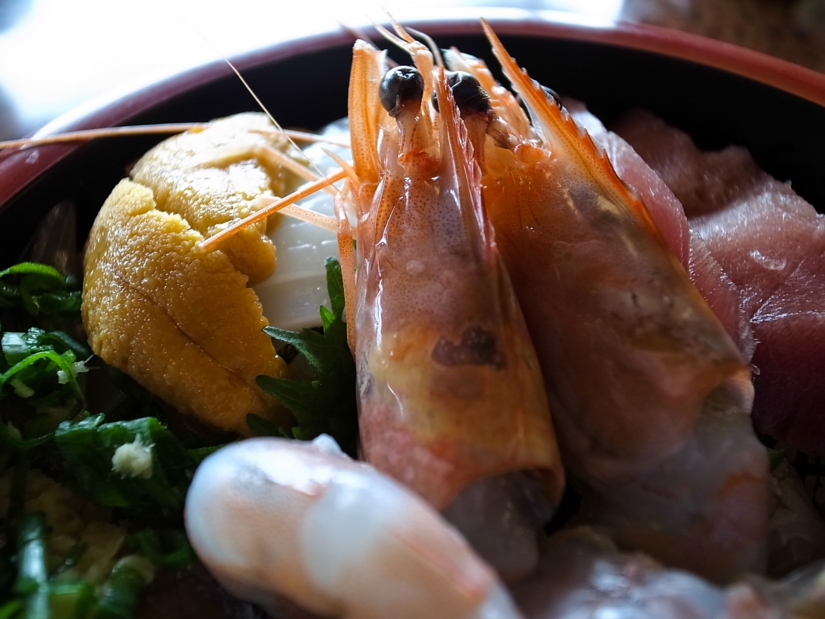
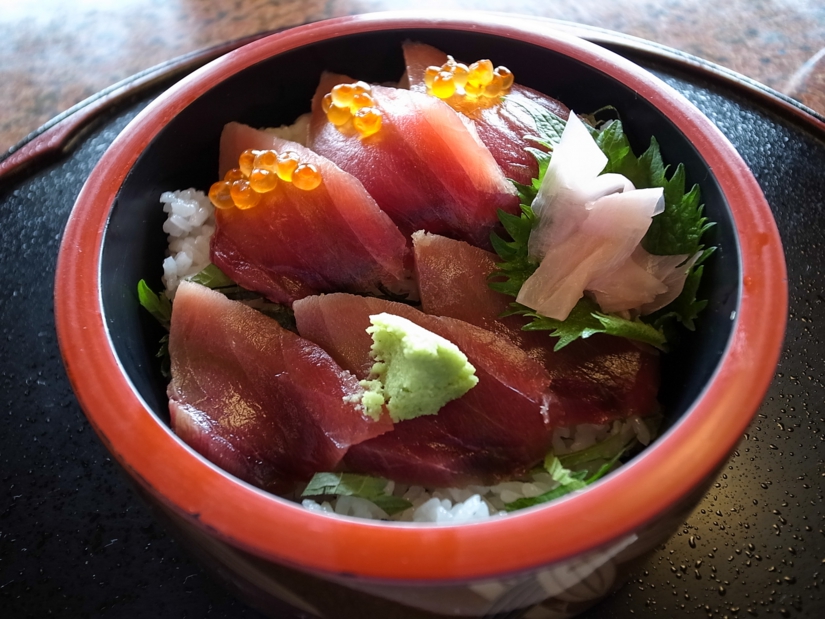
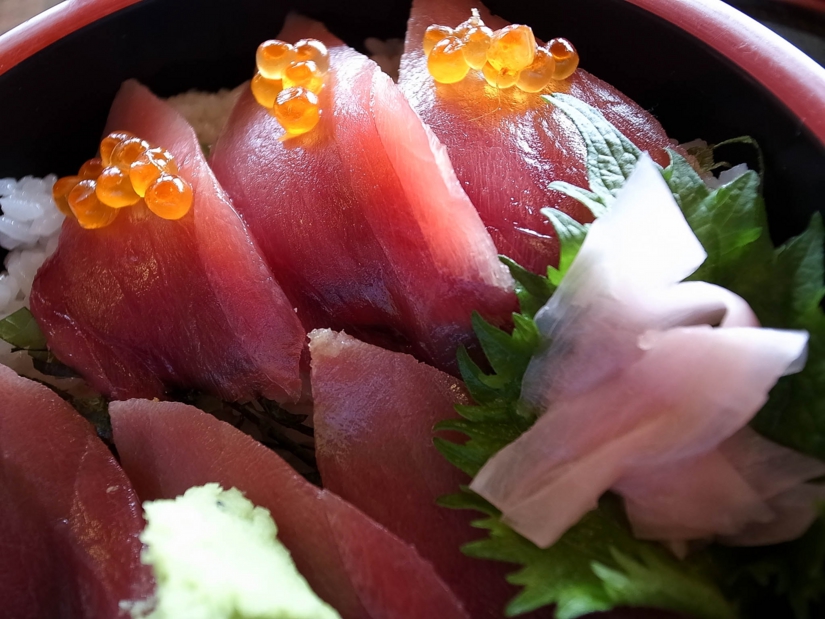
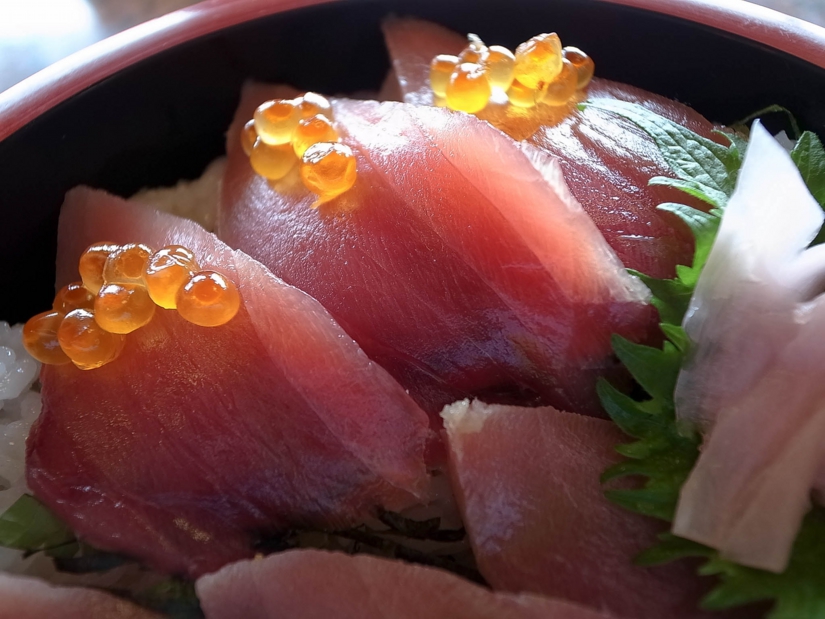
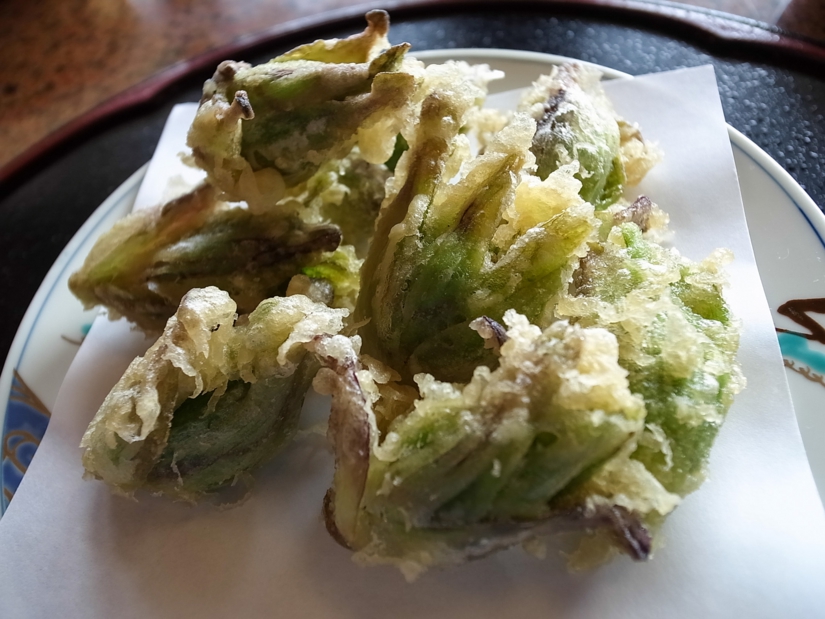
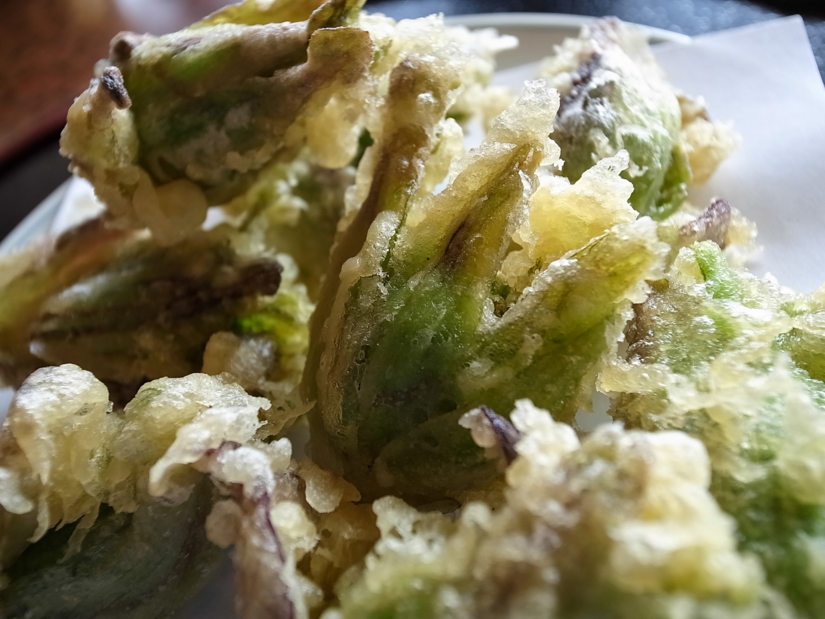
2:Izu’s specialty bento, the Aji-zushi Bento, sold at Izu Shuzenji station.
The Aji-zushi Bento by Maizushi has been showcased by many TV programs and magazine articles. This delicious bento (box lunch) of Aji-zushi (horse mackerel sushi) is packed with the warmth and attentive care of a family owned business.
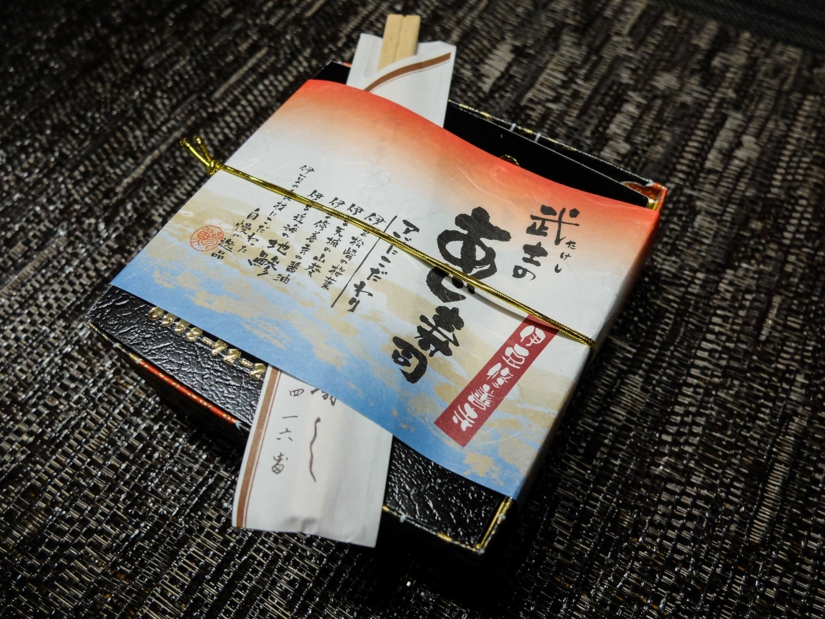
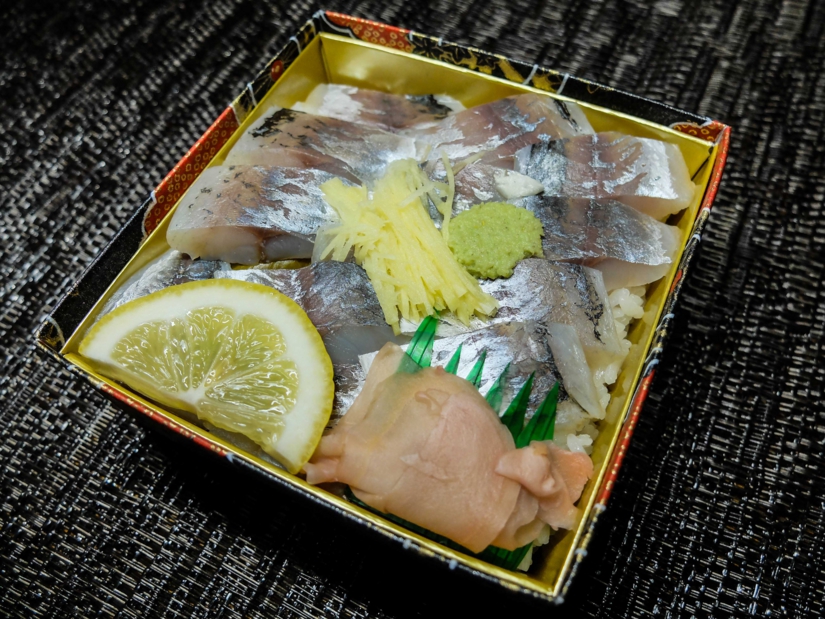
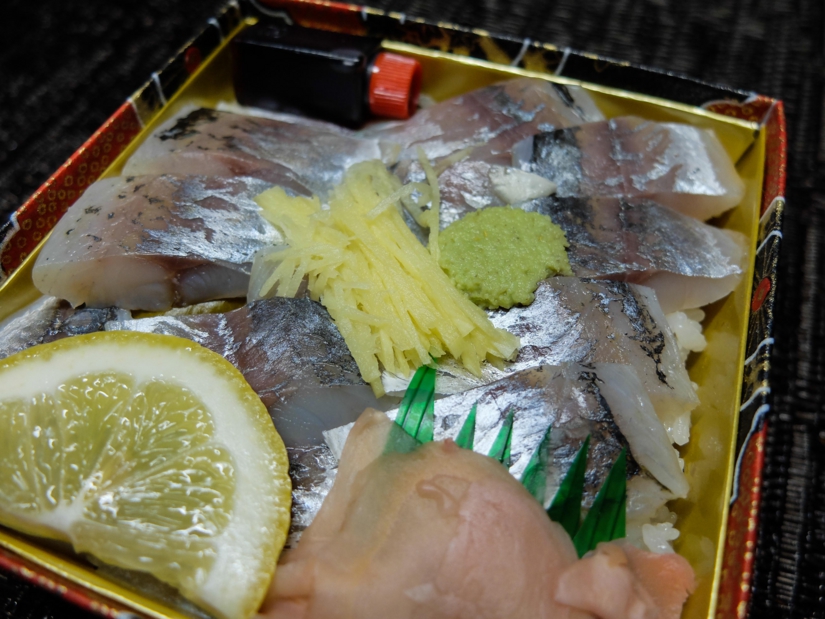
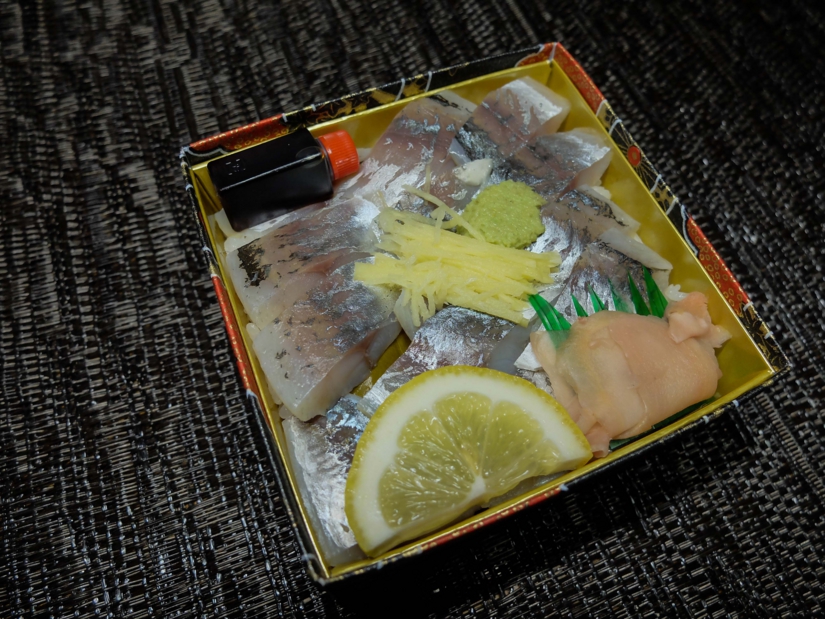
3:Mamezakura cherry blossoms at Darumayama.
In late April, the summit of Darumayama turns into a flower garden of Mamezakura cherry blossoms. One of the best springtime scenes in Izu is the beautiful sight of these blossoms changing hues under the bright morning sun.
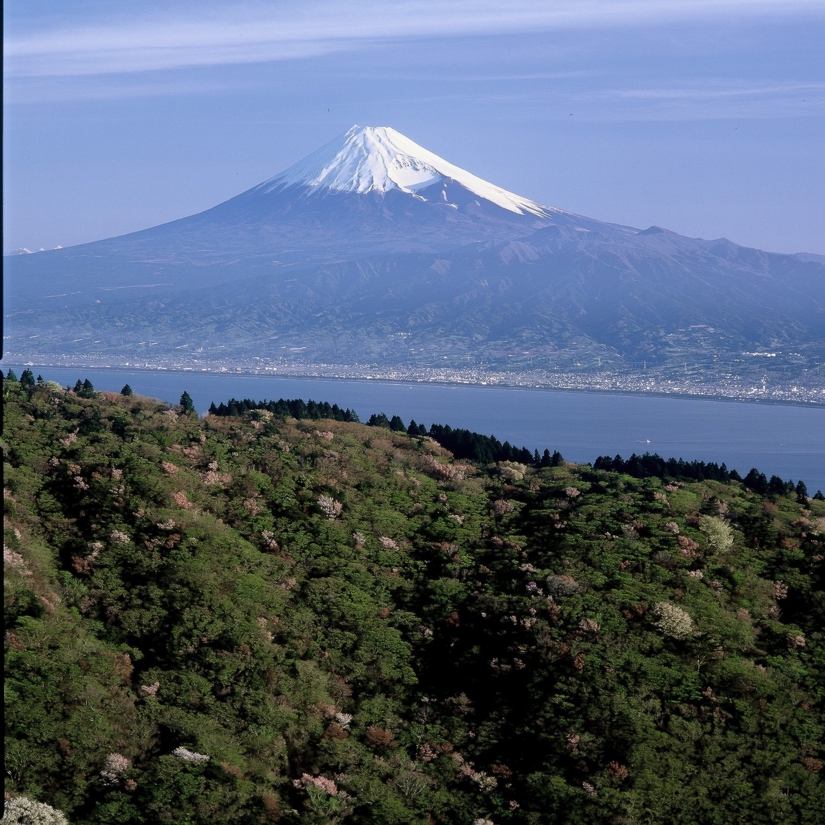
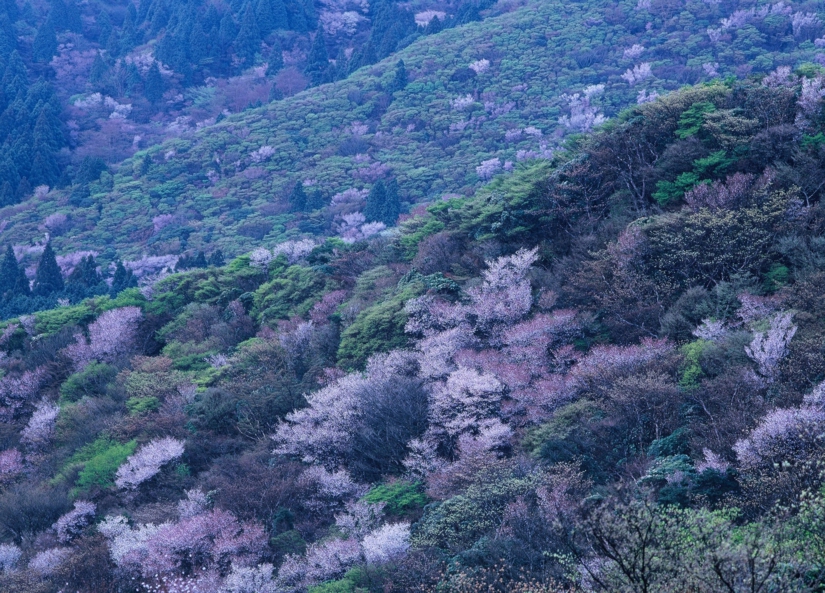
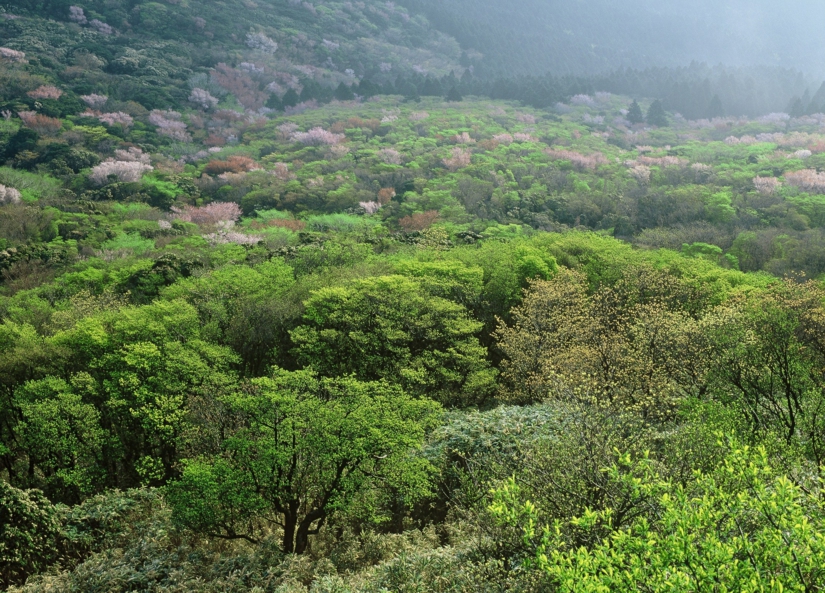
4:Heda Port in Spring
Heda Port , famous for Japanese giant crab fishery
